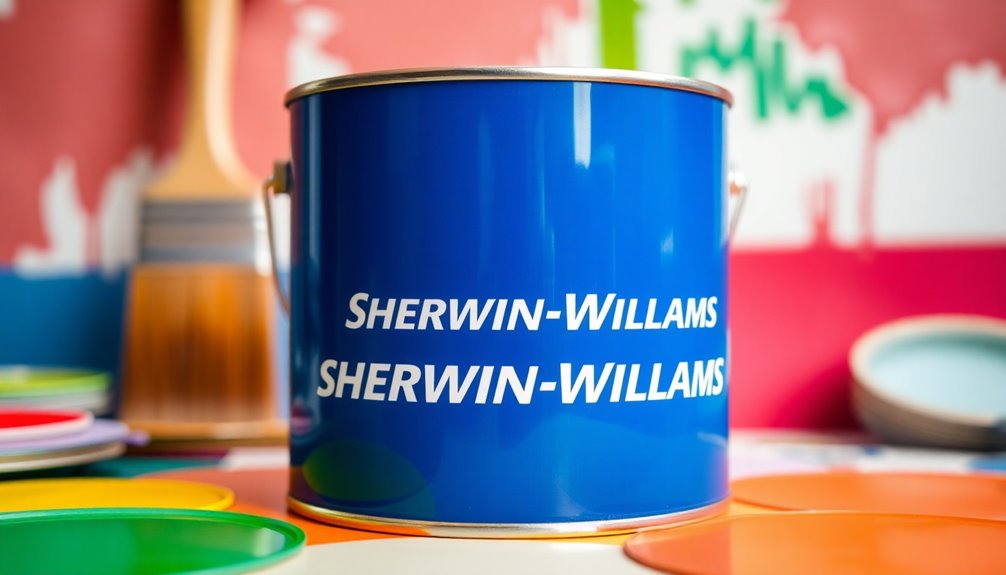Sherwin-Williams has recently caught the attention of analysts with a new "Buy" rating from Berenberg Bank. This upgrade signals growing confidence in the company's ability to capture market share and boost earnings. With a price target set at $420 and expectations of significant upside, it raises the question: what factors are driving this optimism? Understanding the dynamics at play could reveal much about Sherwin-Williams' potential trajectory.

Sherwin-Williams has garnered attention with a recent upgrade to "Buy" from Berenberg Bank, which raised its price target significantly from $321 to $420. This change signals a strong endorsement from analysts who believe in the company's future growth potential. If you're watching the stock, you'll note that the overall market consensus is a "Moderate Buy," with analysts collectively setting a price target of around $403.29. This optimism comes from expected gains in market share following structural changes in the U.S. decorative paints market, which many see as a key growth driver.
You might find it interesting that analysts are especially excited about the potential for earnings growth. With expectations for accelerated earnings on the horizon, this upgrade feels timely. Moreover, as various analysts, including those from Morgan Stanley, have raised their price targets—Morgan Stanley even set theirs at $450—you can see a clear trend of optimism surrounding Sherwin-Williams. Such upgrades often reflect broader market confidence, and this could be an excellent time to consider your position in the stock.
However, it's essential to stay aware of the recent fluctuations in Sherwin-Williams' stock price. After hitting a high of $342.58, the stock recently closed at $338.75, influenced by market volatility and economic forecasts. As you evaluate your investment, keep an eye on critical support levels that the stock is nearing; these might provide a strategic buying opportunity. Technical analysis suggests that there's potential for a 20% to 40% upside over the next year, making it an intriguing prospect for those looking to capitalize on market movements.
Sherwin-Williams' diversified business model continues to perform well, even amid challenges. The company stands to benefit from favorable market dynamics, especially with competitors like PPG undergoing divestments and Kelly-Moore shutting down. This environment creates openings for market share gains that could further bolster Sherwin-Williams' standing in the industry, particularly as institutional investors own over 70% of the stock, suggesting strong confidence in its direction.
With over 70% of the stock owned by institutional investors, it suggests confidence in the company's direction, particularly as these institutions have been net buyers recently. While recent earnings reports have had mixed results, with some falling short of expectations, the outlook for growth remains positive, especially as we approach the fourth quarter.
You should also consider Sherwin-Williams' capital return strategy, which includes dividends and share buybacks—both of which underline the company's commitment to returning value to shareholders. Even though the dividend yield is less than 1%, the reliability and growth of these distributions can still appeal to long-term investors.









